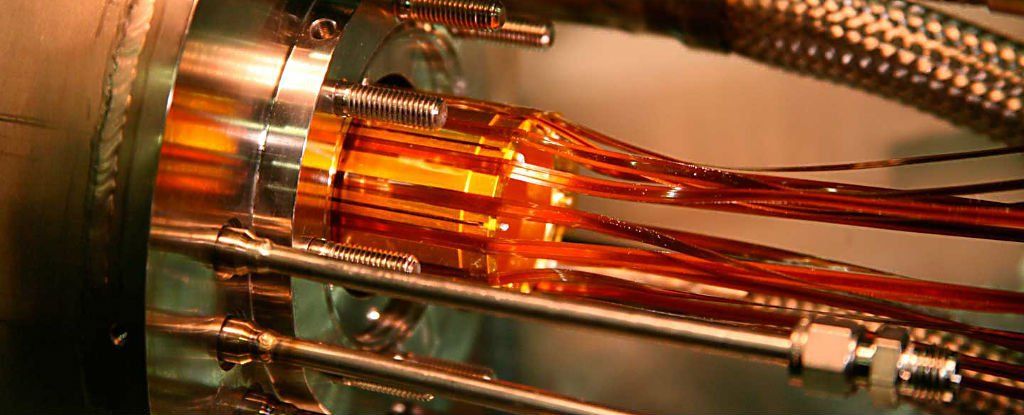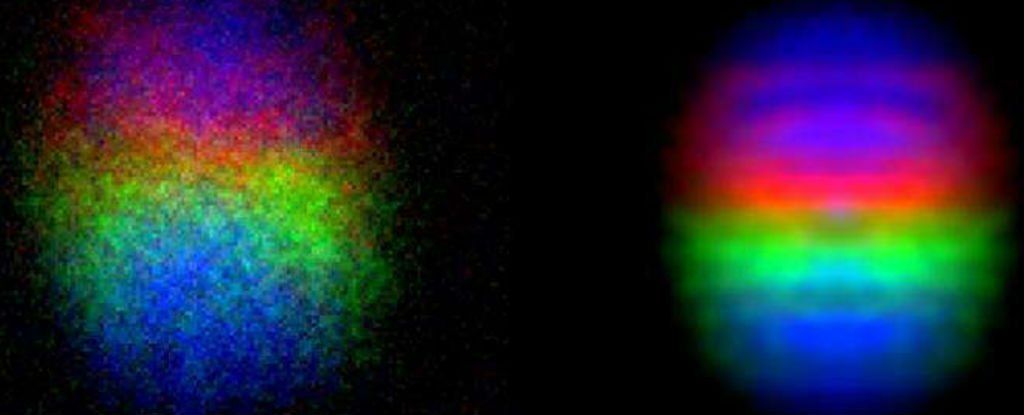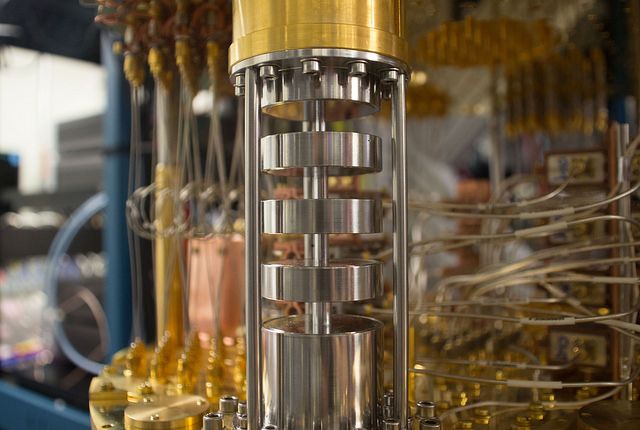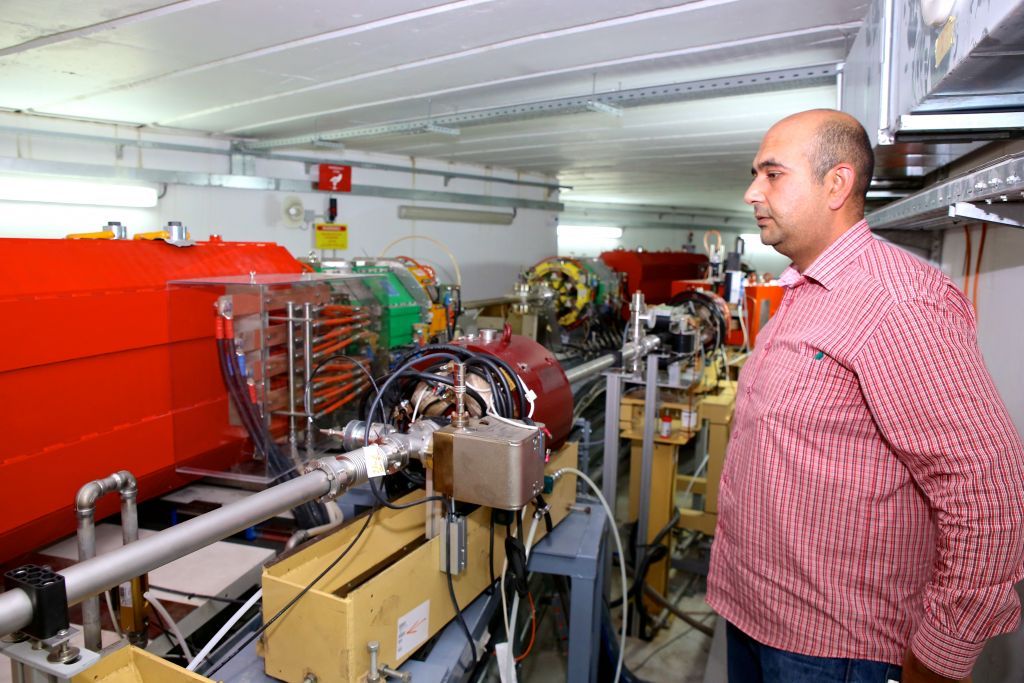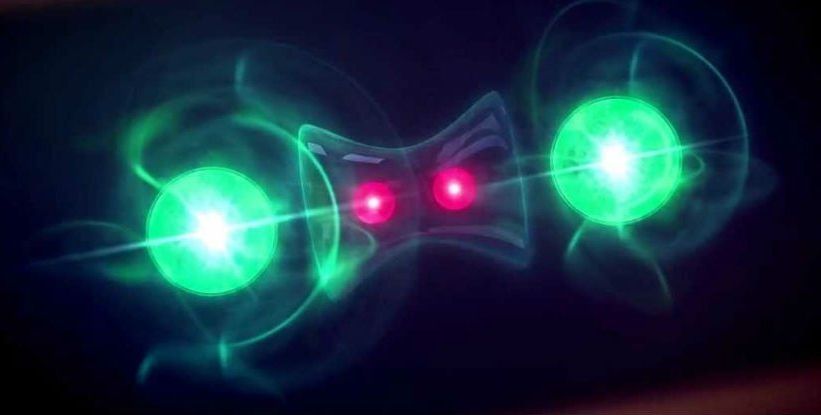Archive for the ‘particle physics’ category: Page 499
Jun 12, 2017
Faux particles commit physics faux pas
Posted by Andreas Matt in categories: cosmology, particle physics, quantum physics
“For example, Hasan says, “we can test theoretical ideas in the early universe,” simulating how particles may have behaved just after the Big Bang, when Lorentz symmetry may not have been obeyed.”
It’s interesting how often I hear condensed matter physicists justify their work by saying “might be important for something with quantum gravity” while condensed matter physics by itself is much more likely than quantum gravity to be good for something.
Jun 5, 2017
Simulations Show Superfluid Helium Behaves Like a Black Hole
Posted by Yugal Agrawal in categories: cosmology, particle physics, quantum physics
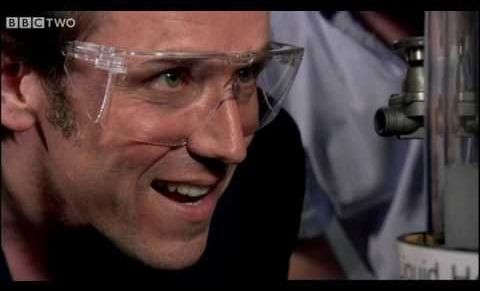
A cluster of 64 superfluid helium atoms mimic properties similar to a Black hole. Could this lead to the formation of a unified Quantum Gravity theory?
May 31, 2017
Physicists Have Observed The Light Spectrum of Antimatter For First Time
Posted by Dan Kummer in category: particle physics
After two decades of trying, physicists at CERN have reported the first ever measurement of the light emitted by an antimatter atom, revealing that antihydrogen is the exact mirror image of regular hydrogen.
The result, which finally confirms what has long been predicted by the laws of physics, opens up a new way of testing Einstein’s special theory of relativity, and could help us answer one of the biggest mysteries in modern physics — why is there so much more regular matter than antimatter in the Universe?
“This represents a historic point in the decades-long efforts to create antimatter and compare its properties to those of matter,” theoretical physicist Alan Kostelecky from Indiana University, who was not involved in the study, told NPR.
Continue reading “Physicists Have Observed The Light Spectrum of Antimatter For First Time” »
May 27, 2017
Our Quest to Find a One-Sided Magnet Just Took an Unexpected Turn
Posted by Shailesh Prasad in categories: particle physics, quantum physics
Of the many ‘white whales’ that theoretical physicists are pursuing, the elusive magnetic monopole — a magnetic with only one pole — is one of the most confounding.
Compared to the Higgs boson in terms of its potential impact on modern physics, the magnetic monopole has been on scientists’ minds for even longer. And now our best shot at finding it just got weird — two phenomena that resemble the magnetic monopole have become one.
If you’re unfamiliar with the magnetic monopole, it’s a hypothetical particle that’s long been predicted by quantum physics, but no one has ever been able to prove that it exists.
Continue reading “Our Quest to Find a One-Sided Magnet Just Took an Unexpected Turn” »
May 26, 2017
Russian group delivers the first unhackable quantum-safe blockchain
Posted by Shailesh Prasad in categories: bitcoin, cryptocurrencies, cybercrime/malcode, government, particle physics, quantum physics
Quantum computing and the blockchain both get plenty of attention in 2017, and now researchers in Russia have combined the two to create what they claim is an unhackable distributed-ledger platform.
The new technology, described as the “first quantum-safe blockchain,” promises to make it secure for organizations to transfer data without the fear of hacking from even the most powerful computers, in this case, the emerging field of quantum computing. Quantum computers make use of the quantum states of subatomic particles to store information, with the potential to do some calculations far faster than current computers. There’s some dispute whether we have actually reached that point yet, but companies such as Google Inc. are promising that true quantum computing is just around the corner.
“Quantum computers pose a major threat to data security today and could even be used to hack blockchains, destroying everything from cryptocurrencies like bitcoin to secure government communications,” a spokesperson for the Russian Quantum Center told SiliconANGLE. “Because quantum computers can test a large number of combinations at once, they will be able to destroy these digital signatures, leaving the blockchain vulnerable.”
Continue reading “Russian group delivers the first unhackable quantum-safe blockchain” »
May 22, 2017
Moogfest Day Three Highlights: Robot Car, Immortality Bus & Particle Physics
Posted by Zoltan Istvan in categories: life extension, particle physics, robotics/AI, transhumanism, transportation
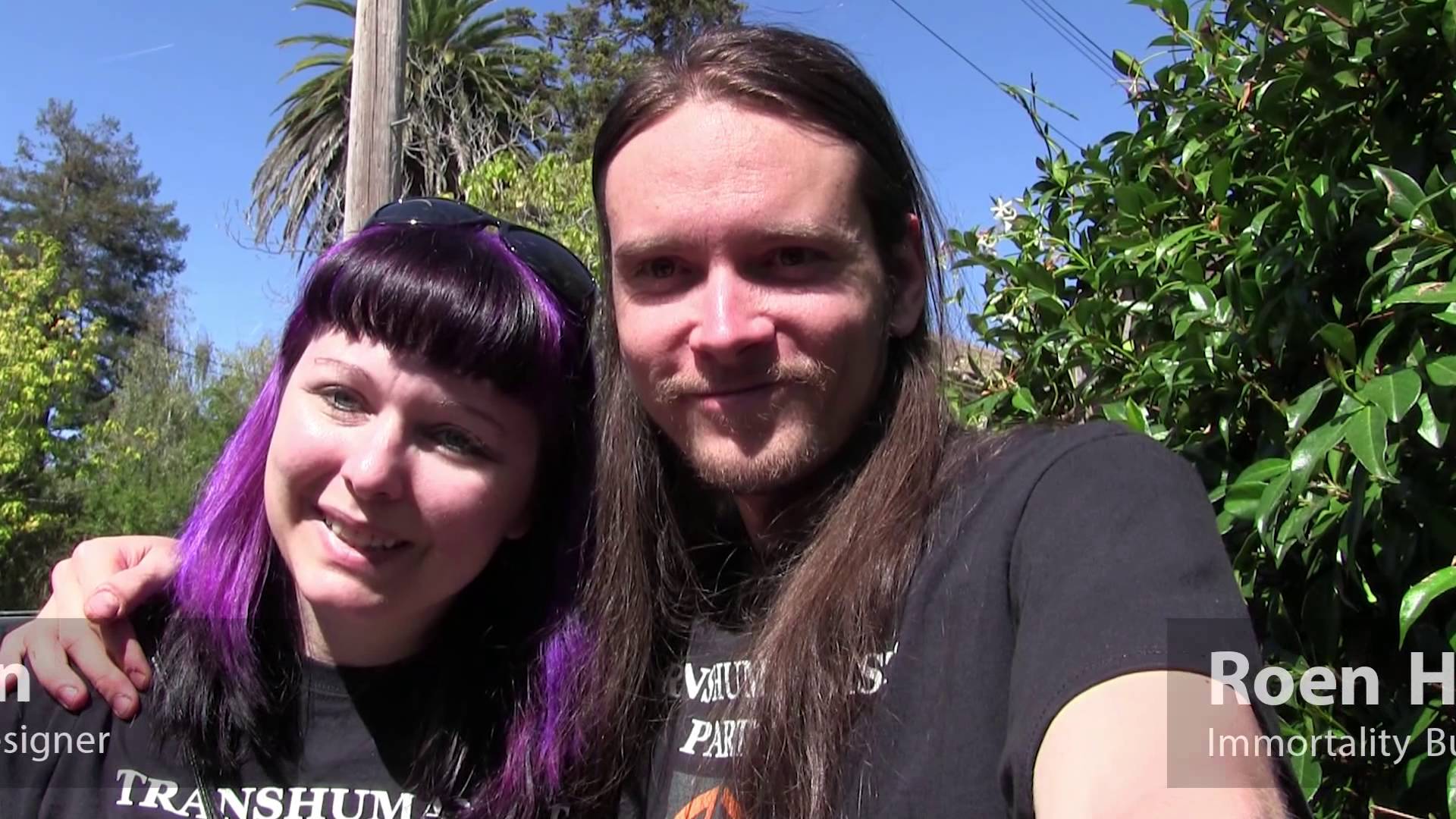
Here’s a write-up of Moogfest that has a section dedicated to the Immortality Bus and transhumanism:
The ExitEvent team is all hands on deck for the next four days as we try to capture all the cool stuff going on in downtown Durham for Moogfest. We’ll post photos, videos, stories and soundbites as we get them. Feel free to submit your own captures as well!
Continue reading “Moogfest Day Three Highlights: Robot Car, Immortality Bus & Particle Physics” »
May 17, 2017
Open SESAME: At Middle East’s CERN, regional cooperation at light speed
Posted by Carse Peel in category: particle physics
Israel and its neighbors, including Iran and Pakistan, join forces to build the region’s first particle accelerator.
May 15, 2017
Scientists Achieve Direct Counterfactual Quantum Communication For The First Time
Posted by Julius Garcia in categories: particle physics, quantum physics
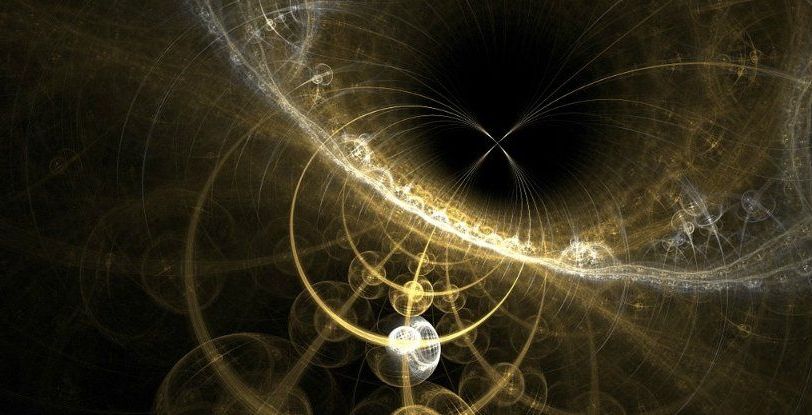
Quantum communication is a strange beast, but one of the weirdest proposed forms of it is called counterfactual communication — a type of quantum communication where no particles travel between two recipients.
Theoretical physicists have long proposed that such a form of communication would be possible, but now, for the first time, researchers have been able to experimentally achieve it — transferring a black and white bitmap image from one location to another without sending any physical particles.
May 14, 2017
Scientists Have Set a Limit For Quantum Entanglement — And It’s Really Freaking Powerful
Posted by Andreas Matt in categories: particle physics, quantum physics
For the first time, scientists have subjected quantum entanglement to extreme levels of acceleration, and there’s nothing fragile about this “spooky action at a distance” - it’s way more robust than we thought.
In recent experiments, entangled particles held firm even while being accelerated to 30g — 30 times Earth’s acceleration — and the results could have a big impact on our search for a unified theory of modern physics.
“These experiments shall help [us] unify the theories of quantum mechanics and relativity,” says one of the team, Rupert Ursin, from the University of Vienna, Austria.


